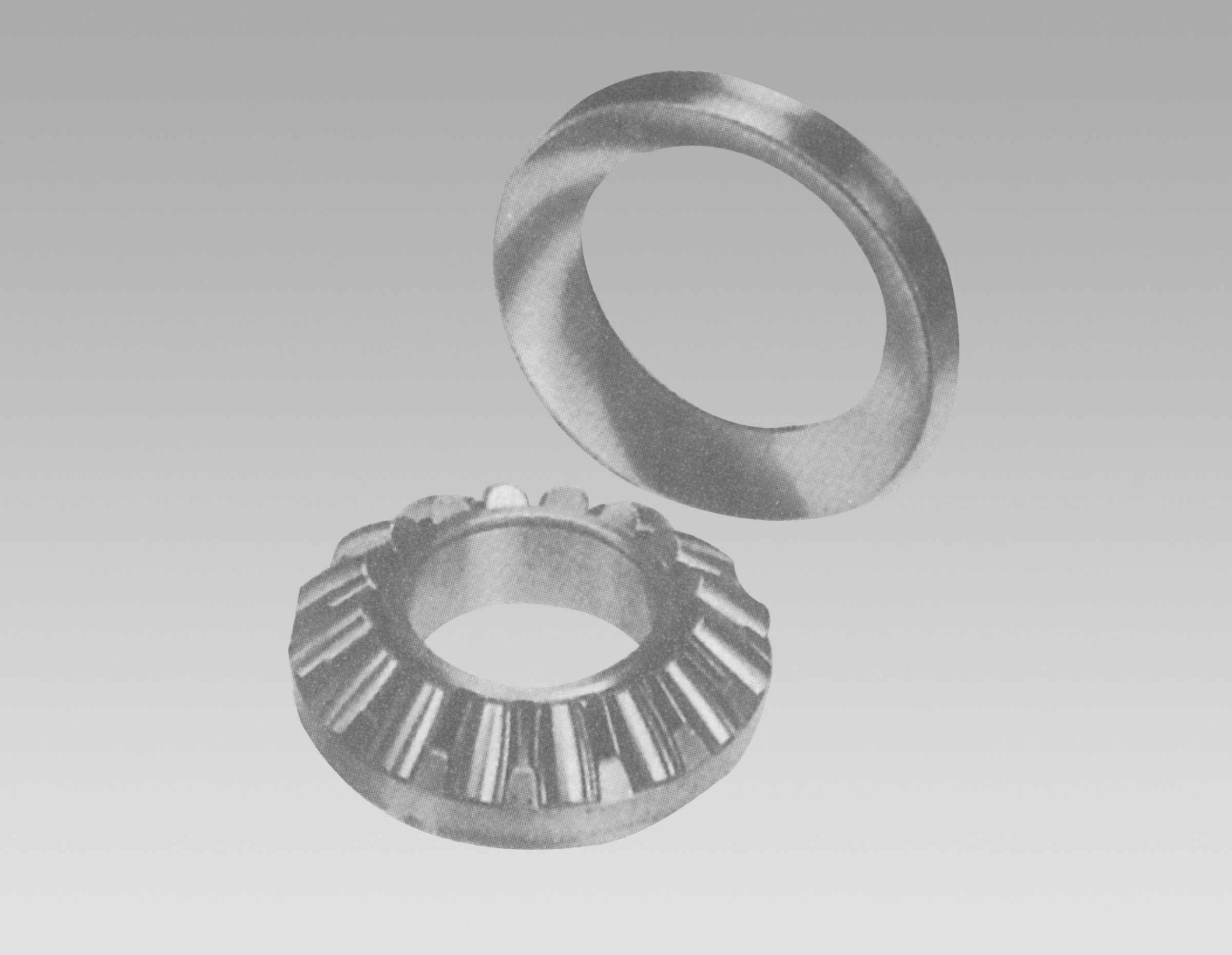
Oct . 05, 2024 14:01 Back to list
Exploring the Features and Benefits of 51109 Thrust Bearing for Enhanced Performance
Understanding the 51109 Thrust Bearing Features and Applications
Thrust bearings are crucial components in various mechanical systems, designed to support axial loads and reduce friction between moving parts. Among the numerous types available, the 51109 thrust bearing is particularly noteworthy due to its unique design and versatile applications. This article examines its characteristics, functionality, and significance in engineering.
The 51109 thrust bearing belongs to a category known as single-direction thrust ball bearings. Its construction features a series of hardened steel balls positioned between two raceways, facilitating smooth rotation while effectively managing axial forces. The design allows for minimal friction, enhancing efficiency and prolonging the life of the bearings and associated machinery.
One of the key advantages of the 51109 thrust bearing is its ability to handle moderate axial loads in one direction. This makes it an ideal choice for applications where space is limited but robust performance is required. Typical applications include automotive transmissions, machine tools, and various industrial equipment where axial forces are prominent.
51109 thrust bearing

The bearing’s primary dimension specifications include an inner diameter of 45 mm, an outer diameter of 65 mm, and a width of 12 mm. Its compact size and strong load capacity make it suitable for both personal and commercial machinery. Additionally, various materials can be used in the construction of the 51109, including stainless steel and carbon steel, which provide enhanced corrosion resistance and durability.
Installation and maintenance of the 51109 thrust bearing play significant roles in ensuring optimal performance. Proper installation involves using the correct tools to achieve precise alignment and a secure fit, helping to minimize premature wear. Regular maintenance, including lubrication, is also essential for reducing friction and preventing overheating during operation.
Moreover, the 51109 thrust bearing’s design allows for easy disassembly and replacement, making it a favorite among engineers and maintenance personnel. The availability of replacement parts and the simplicity of installation contribute to reduced downtime in various operations, translating to cost savings for businesses.
In conclusion, the 51109 thrust bearing serves as an indispensable component across multiple industries. Its ability to support axial loads effectively while minimizing friction highlights its importance in mechanical engineering. As technology continues to advance, the demand for reliable bearings like the 51109 will undoubtedly increase, solidifying its place as a vital element in the machinery and manufacturing sectors. Embracing the use of quality bearings can lead to significant improvements in efficiency, performance, and the longevity of mechanical systems.
Latest news
-
Premium Deep Groove Ball Bearings | High Speed & Reliability
NewsAug.29,2025
-
Durable Scaffolding Clamps - Secure & Reliable Tube Connectors
NewsAug.28,2025
-
Common Failures in Thrust Ball Bearings and Solutions
NewsAug.22,2025
-
How Tapered Roller Bearings Can Take Shock Loads
NewsAug.22,2025
-
Angular Bearings in High-Precision Spindles
NewsAug.22,2025
-
The Impact of Misalignment on Cylindrical Roller Bearing Performance
NewsAug.22,2025
